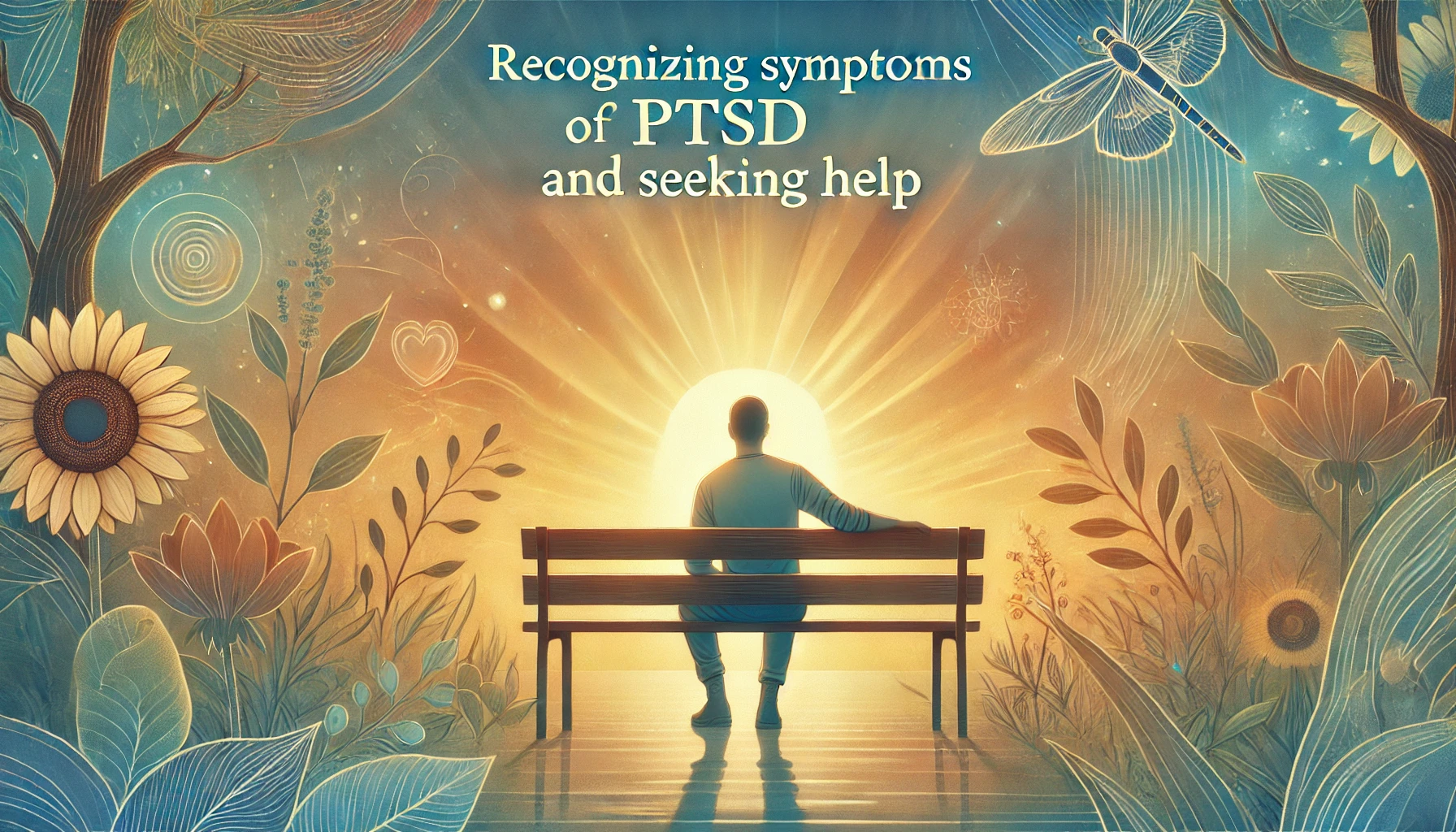What to Expect When Visiting a Pain Clinic for Sciatica Relief

Sciatica can be a challenging and disruptive condition to manage. For many individuals, seeking specialized care at a pain clinic offers an opportunity to explore different approaches for relief. While the idea of visiting a clinic might seem daunting at first, understanding what to expect can help ease concerns and provide clarity.
What is Sciatica?
Sciatica refers to pain that radiates along the path of the sciatic nerve, a large nerve that runs from the lower back down to the legs. This condition is often caused by a compressed nerve root in the lower spine, which may result from degenerative disc disease, trauma, or other spinal issues. Sciatica is not a standalone diagnosis but rather a symptom of an underlying medical issue.
What are the Symptoms?
Sciatica symptoms can vary in severity and presentation, but the most common include:
- Pain: Often described as sharp, burning, or shooting, the pain typically starts in the lower back and travels down the buttocks and one leg.
- Numbness or Tingling: Many individuals experience sensations such as tingling, pins-and-needles, or numbness along the path of the sciatic nerve.
- Weakness: Sciatica may cause muscle weakness in the affected leg or foot, making it difficult to stand, walk, or perform certain movements.
How Can a Pain Clinic Help?
Pain clinics are designed to offer specialized care for individuals dealing with chronic or acute conditions, including sciatica. Professionals in these clinics utilize a multidisciplinary approach, combining various techniques and treatments to address pain and improve function. When seeking help for sciatica, here’s what typically happens at a pain clinic.
Customized Treatment Plans
After identifying the root cause, the clinic will create a tailored treatment plan based on your specific condition and needs. This plan may include a combination of non-invasive therapies, lifestyle adjustments, and interventional procedures.
Common Approaches Include:
- Physical Therapy: Targeted exercises and stretches designed to strengthen muscles, improve posture, and alleviate pressure on the sciatic nerve.
- Medications: Pain management through prescribed medications such as anti-inflammatory drugs, muscle relaxants, or nerve pain medications.
- Platelet-rich plasma Therapy: Relieves pain, lowers inflammation, and promotes healing by rebuilding tissue.
Education and Self-Management
Education is a key component of treatment at pain clinics. Staff members often provide guidance and resources to help you better understand your condition and manage it effectively. Learning techniques such as proper posture, ergonomics, and self-care strategies can contribute to long-term relief and reduce the likelihood of recurrence.
Ongoing Monitoring
Sciatica relief is rarely a one-step solution. Clinics prioritize follow-up care to monitor progress and adapt treatment plans as needed. Regular check-ins with a physician or therapist allow for adjustments based on how your body is responding to specific therapies or interventions.
Finding the Right Clinic
Choosing the right clinic is a significant step in managing sciatica. Look for a facility with experienced professionals, a wide range of treatment options, and a focus on patient-centered care. Reading reviews, asking for recommendations, and scheduling consultations can all assist in making an informed decision. Managing sciatica effectively often requires a combination of professional care and proactive self-management. By visiting a pain clinic, you can access specialized resources and strategies that might improve your quality of life and regain mobility.



